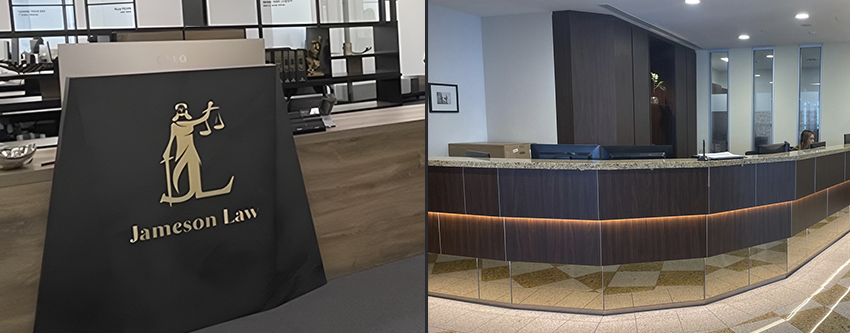Alternative Dispute Resolution (ADR) is a range of processes that help parties resolve disputes outside of judicial determination in the criminal justice context. ADR includes mediation, conciliation and arbitration, where an impartial or independent third person helps parties resolve disputes.
Restorative justice is closely associated with ADR, seeking solutions to crime beyond the traditional disciplinary model of criminal cases. In NSW, ADR is used to divert appropriate matters away from court, give victims a real voice and involve the community where suitable. This shift recognises the limits of a purely adversarial system and looks to address causes of offending while supporting victims and communities.
Across Australia, ADR mechanisms now supplement traditional processes. NSW uses these tools alongside the Young Offenders Act 1997 for youth conferencing, and circle sentencing under the Criminal Procedure Regulation 2017. For a plain-English overview of court steps, see our guide to NSW criminal court procedures and our page on what happens in criminal matters.
Types of ADR in criminal law
Restorative justice conferences. Facilitated meetings between the offender, victim and supporters to discuss harm and agree on steps to make amends. Widely used with young people through Youth Justice conferencing in NSW, with the legislative framework set out in the Young Offenders Act. For background on restorative justice, see the Australian Institute of Criminology.
Diversion programs. Community-based options such as counselling or rehabilitation that may avoid a formal conviction where appropriate. Our team can explain eligibility and how diversion interacts with defences in NSW and sentencing advocacy.
Mediation. A neutral facilitator helps victim and offender discuss practical, reparative outcomes. This can complement court processes and reduce delay and cost. Learn how to protect your position during early contact with police on our page about police interviews and the right to silence.
Plea discussions. While not strictly ADR, negotiated resolutions can narrow issues and avoid trials. See our overview of representation in criminal trials and when to seek bail.
Benefits and limits
Victim voice and closure. Restorative approaches give victims a structured opportunity to be heard and to ask questions. The AIC summarises aims and typical outcomes.
Accountability and rehabilitation. Offenders can understand impact and accept responsibility, which may reduce reoffending. For First Nations communities, circle sentencing in NSW Local Courts provides culturally informed input from Elders. Program settings are outlined in the Criminal Procedure Regulation.
Efficiency and community confidence. Suitable matters resolved through ADR often move faster and cost less. For court listings and practical steps, start with our NSW criminal court list guide.
Not for every case. ADR will not fit all serious or contested matters and does not replace the need for legal advice. Speak to our criminal law team early to protect your position and prepare a strategy tailored to your circumstances.
Restorative justice in practice
Restorative models in NSW include youth conferences under the Young Offenders Act and circle sentencing in Local Courts. For plain-English background on restorative justice aims and methods, see the AIC factsheet and NSW Youth Justice resources on conferencing. If you are preparing to attend court, our guides to court procedure and defences will help you understand options.

Speak to a lawyer today
Get clear, practical advice about ADR, restorative justice and your criminal matter in NSW. Call (02) 8806 0866 or contact our Sydney team.













